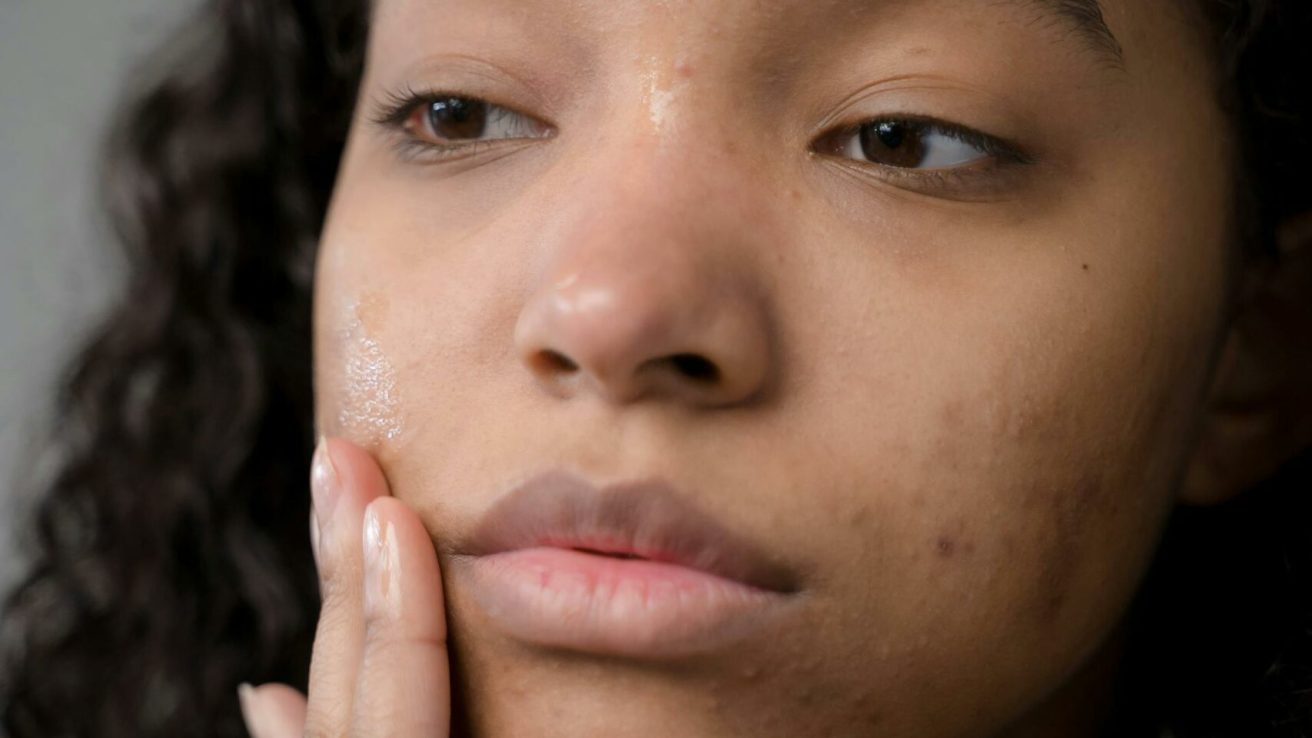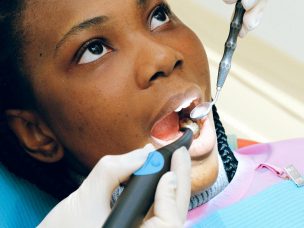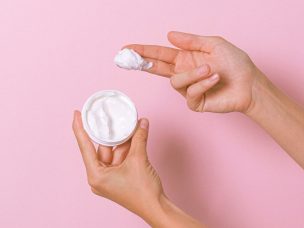In a phase I trial, interleukin-1 receptor-associated kinase 4 degrader was found to have robust clinical activity and a favorable safety profile in hidradenitis suppurativa and atopic dermatitis patients.
Inflammation driven by toll-like receptors (TLRs) and interleukin-1 receptors (IL-1Rs) is involved in the pathophysiology of hidradenitis suppurativa (HS) and atopic dermatitis (AD). IL-1R-associated kinase 4 (IRAK4) mediates TLR- and IL-1R-driven inflammation.
A phase I trial published in Nature Medicine evaluated the safety and activity of KT-474 (SAR444656), an IRAK4 degrader, in HS and AD patients with moderate-to-severe disease.
Baseline CHaracteristics
The study comprised 105 healthy volunteers (HVs) and 21 HS (n=13) and AD (n=8) patients. KT-474 was administered as a single dose and then daily for 14 days in HVs, followed by dosing for 28 days in an open-label cohort of HS and AD patients.
KT-474 Was Well-Tolerated and Safe
KT-474 administered in single doses up to 1,600 mg and 14 daily doses up to 200 mg in the fasted state was well-tolerated in HVs, with no serious adverse events and no dose-limiting toxicities. The most common adverse event (AE) in the placebo-controlled single and multiple ascending dose escalation HV cohorts was mild-to-moderate headache. Less frequent mild-to-moderate AEs were nausea, vomiting, diarrhea, and palpitations. There were no drug-related infections. QT interval corrected by Fredericia (QTcF) prolongation was observed in the multiple ascending dose escalation cohort 3. The safety profile in HS and AD patients (administered 75 mg daily for 28 days in the fed state) was similar to that in HVs.
Promising Pharmacokinetic and Pharmacodynamic Profiles of KT-474 Observed
Plasma pharmacokinetics in HVs after a single dose demonstrated dose-dependent exposure increases, plateauing after 1,000 mg with a maximum concentration of 7–24 hours and a half-life of 25–40 hours. Multi-dosing also showed dose-dependent exposure increases, with a steady state by day 7. The levels of the drug on the skin also increased with higher doses and didn’t seem to level off by day 14. The amount of the drug in the skin was about 10 to 14 times higher than in the blood.Patients showed similar plasma and skin concentration patterns as HVs.
KT-474 induced rapid and profound IRAK4 degradation in HVs and patients, persisting for days in human peripheral blood mononuclear cells, with a plasma trough concentration ≥3 ng ml-1 associated with >80% IRAK4 degradation. Multi-dosing led to 60–70% IRAK4 degradation in normal skin; degradation patterns were comparable in skin lesions.
KT-474 Demonstrates Robust Clinical Activity
Clinical responses gradually evolved in patients over the 28-day dosing period and were maintained or improved during a 2-week follow-up. HS patients demonstrated a 46.1–50.7% reduction in abscess and nodule (AN) count, an HS Clinical Response 50% reduction rate of 42–50%, and an AN 0/1/2 rate of 42–50%. There was an improvement in HS Physician’s Global Assessment (HS-PGA) in 5 of 12 patients, with complete clearance of lesions in 1 patient and stable HS-PGA in the remaining.
A 48.8–55.2% reduction in the Pain Numerical Rating Scale (NRS), a 50–60% Pain NRS30 response rate, and a 61.6–68.4% reduction in Peak Pruritis was observed. AD patients demonstrated a 37.1% reduction in Eczema Area and Severity Index score, with improvement in Investigator Global Assessment in two of seven patients. Peak Pruritis declined by 62.9%, with a response rate of 71%.
Source:
Ackerman, L., Acloque, G., Bacchelli, S., Schwartz, H. J., Feinstein, B., La Stella, P., Alavi, A., Gollerkeri, A., Davis, J. S., Campbell, V. A., McDonald, A., Agarwal, S., Karnik, R., Shi, K., Mishkin, A. D., Culbertson, J. L., Klaus, C., Enerson, B., Massa, V., . . . Gollob, J. (2023b). IRAK4 degrader in hidradenitis suppurativa and atopic dermatitis: a phase 1 trial. Nature Medicine, 29(12), 3127–3136. https://doi.org/10.1038/s41591-023-02635-7










